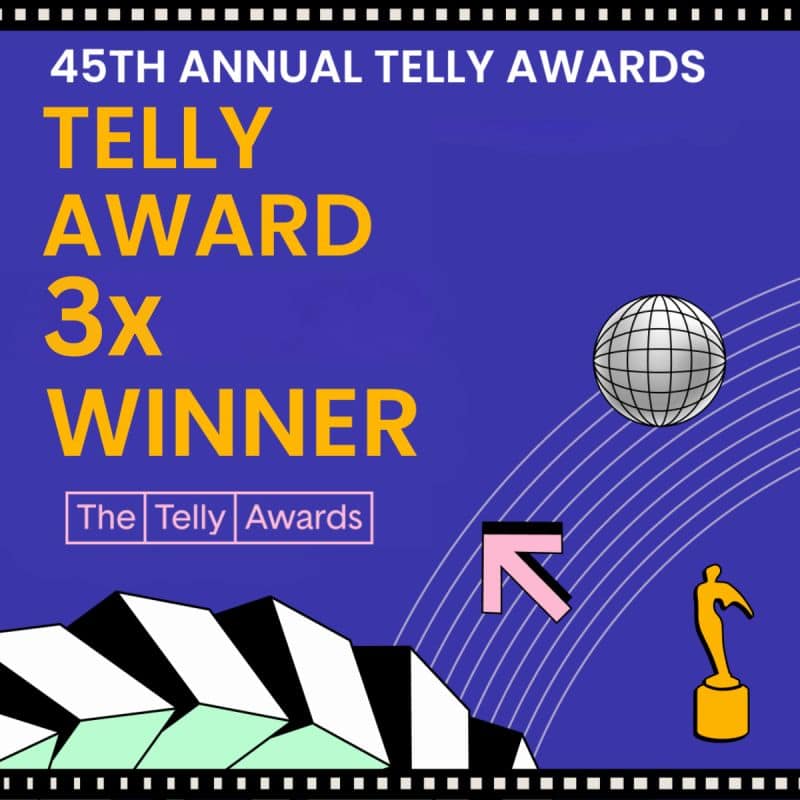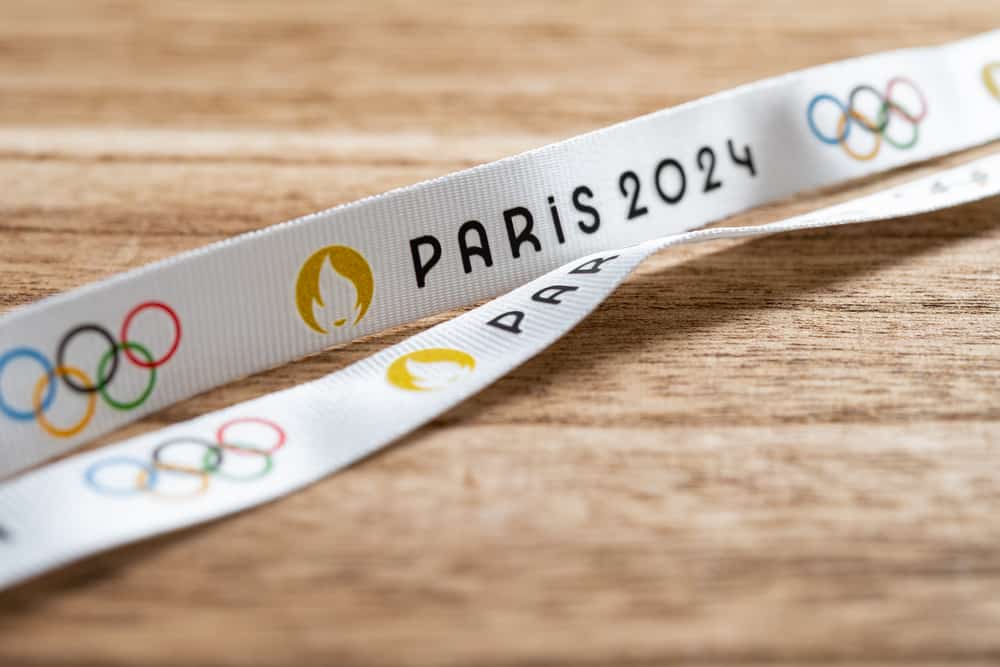Athletes are inundated with requests, so I needed to come up with a pitch and approach that would set me apart. In many ways, starting this process felt like I was starting a massive maze; it had a million different starting points (and they were all continuously moving!), but only one desired endpoint.
Unfortunately for me, I’m not an influencer, associated with NBC, or a retired Olympian/Paralympian, so I needed to come up with a strategy for how I would convince these athletes to speak with me.
I put on my strategy and marketing hat and developed my value proposition:
While I tailor this to every athlete I approach, these are the key points that I highlight:
- This is a Harvard-affiliated podcast that will spotlight their story as they want it told; I’m not a journalist looking for an angle, but a graduate student earnestly seeking to elevate inspiring stories >> Whenever I mentioned this, many athletes would become significantly more at ease and actually begin to view this as an opportunity (especially the lesser-known athletes who are actively seeking sponsors)
- This is an opportunity for them to be celebrated; I can give them the spotlight they deserve now >> Most athletes went (or continue to go through) a period of grieving after the postponement, so the offer to be featured was usually greatly appreciated

- This is an opportunity engage listeners in social activism. Every episode spotlights an issue or cause close to the heart of the featured athlete. This means that if there is a specific call to action she would like listeners to take in support of her cause, I will include it and specifically outline how listeners can help >> This resonates with certain athletes more than others, so how much I emphasize this point depends on the athlete
- Opportunity for her to thank a mentor or mentee; every athlete can be interviewed with an influential individual of their choosing >> while some athletes ignore this because it adds a layer of scheduling complexity, those who have been interviewed with others really appreciated the personal touch it brought to their interviews
- This is a super light lift; just 45 minutes needed >> most athletes are super protective of their time, so this was an important element to emphasize specifically for the more well-known athletes

In terms of how I have made contact with the athletes, I used every resource I could think of. I hustled. And, I spent a lot of late nights with a glass of wine sending emails, direct messaging people, and leaving voicemails.
- I sent an email to every single country that participates in the Olympics soliciting interviews with their Olympic and Paralympic athletes.
- I leveraged all of my professional networks (college, graduate school, work) to connect with individuals associated with the Olympics be it former athletes, coaches, donors, etc.
- My family and personal friends reached out to their friends, who connected me to others.
- I reached out via LinkedIn to International Olympic Committee (IOC) Board Members and employees.
- Every Olympic/Paralympic sport has a National Governing Body (NGB), so I contacted as many of those as possible and asked for interviews with specific athletes.
- I targeted specific countries and athletes and both emailed and called each individual team’s press contacts
- Last but certainly not least, as this was one of my most effective strategies, I direct messaged countless athletes on Instagram.
Once I secured a number of interviews, athletes started referring each other to me, so word of mouth became one of my most powerful channels of athlete recruitment. Further, once I had episodes to illustrate the quality of my work, athletes became significantly more interested to be interviewed as they saw it as a (free) opportunity for them to shine.




